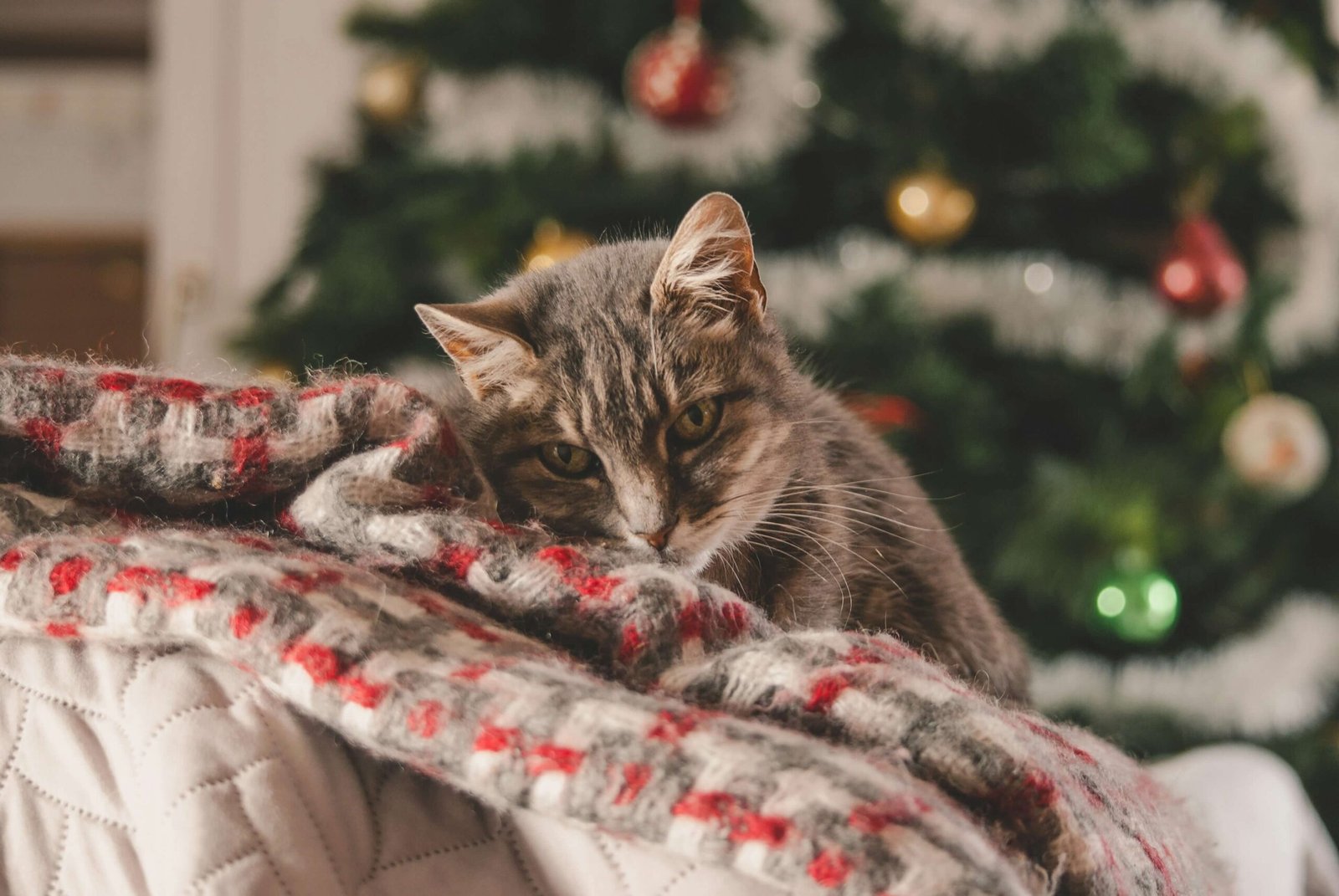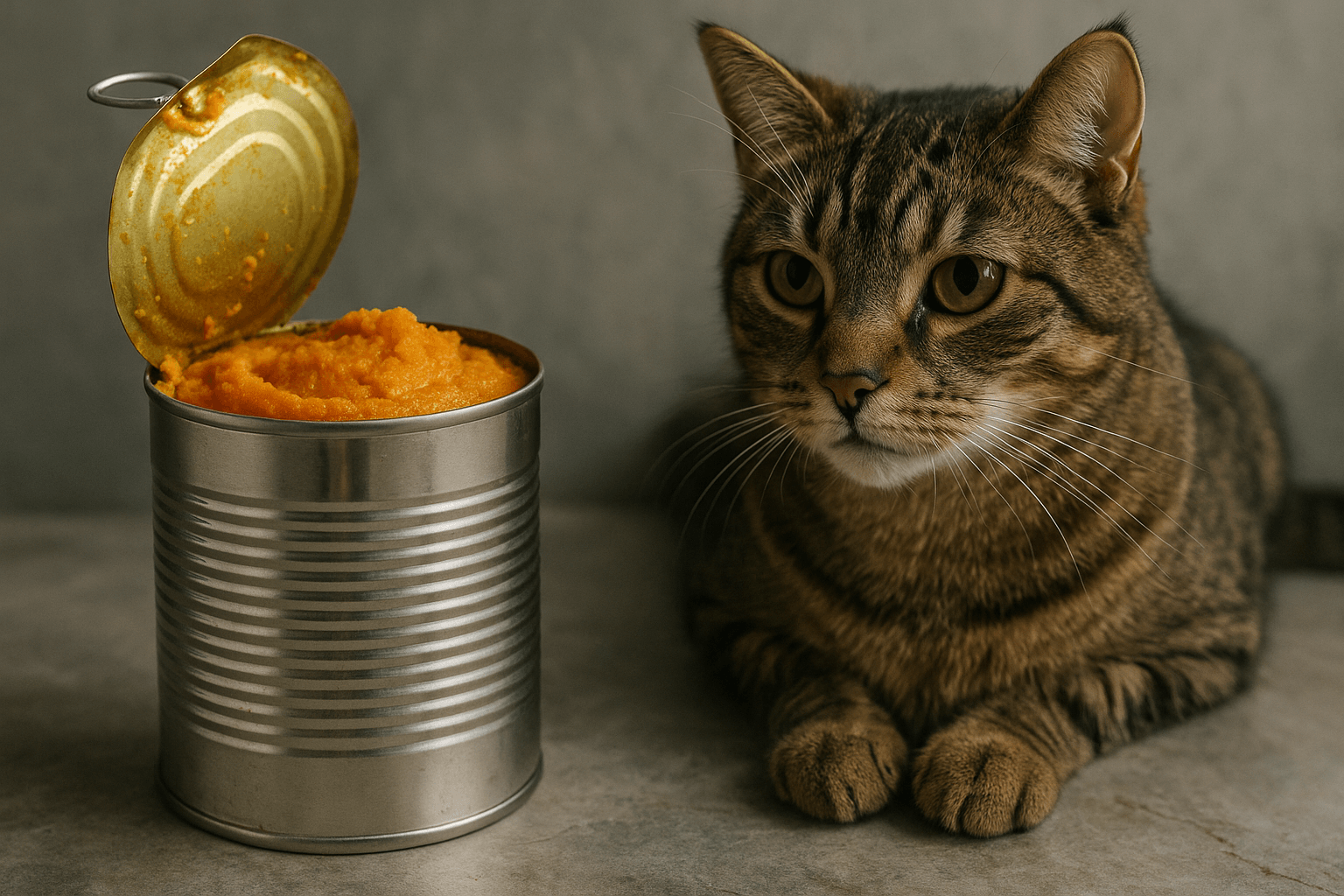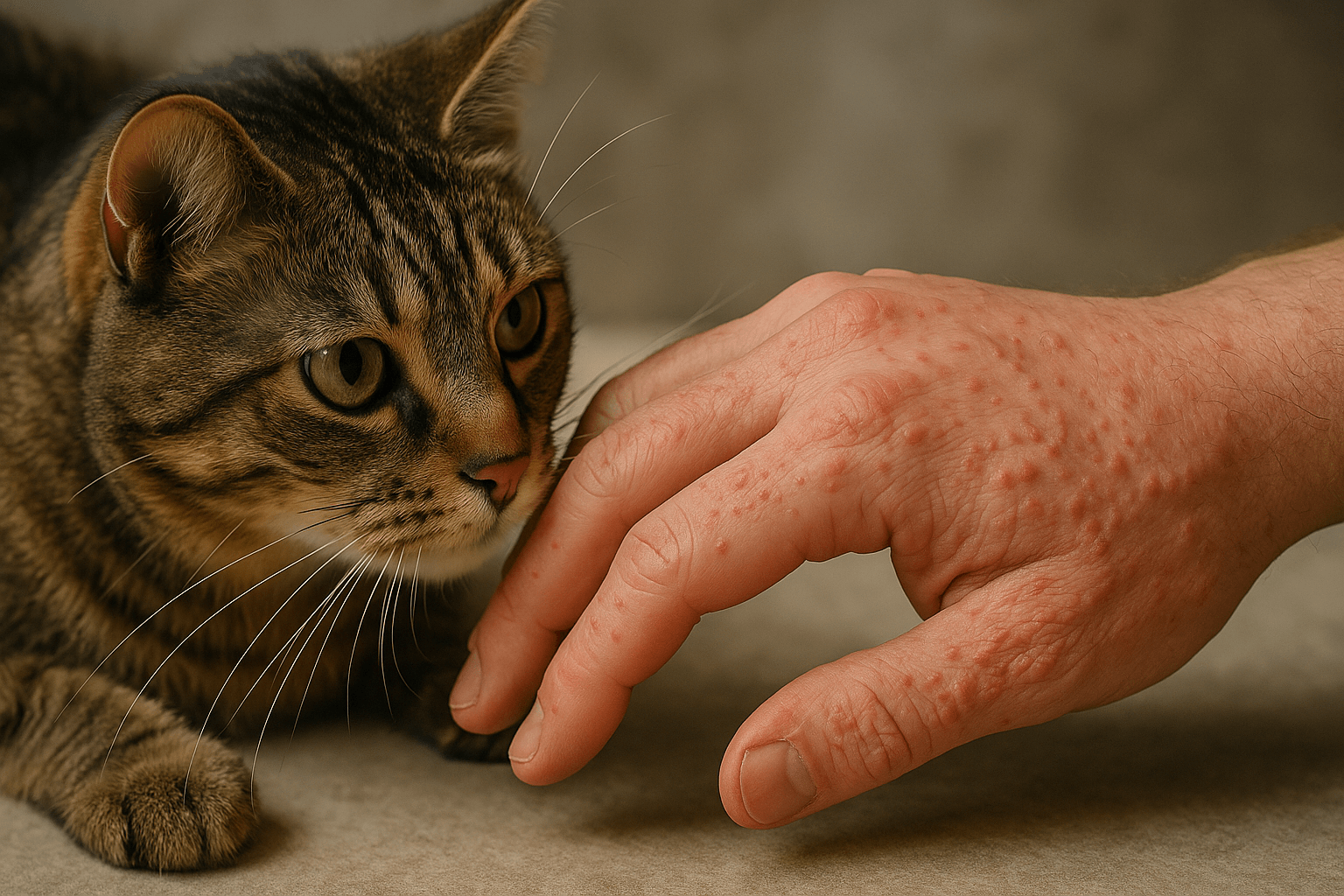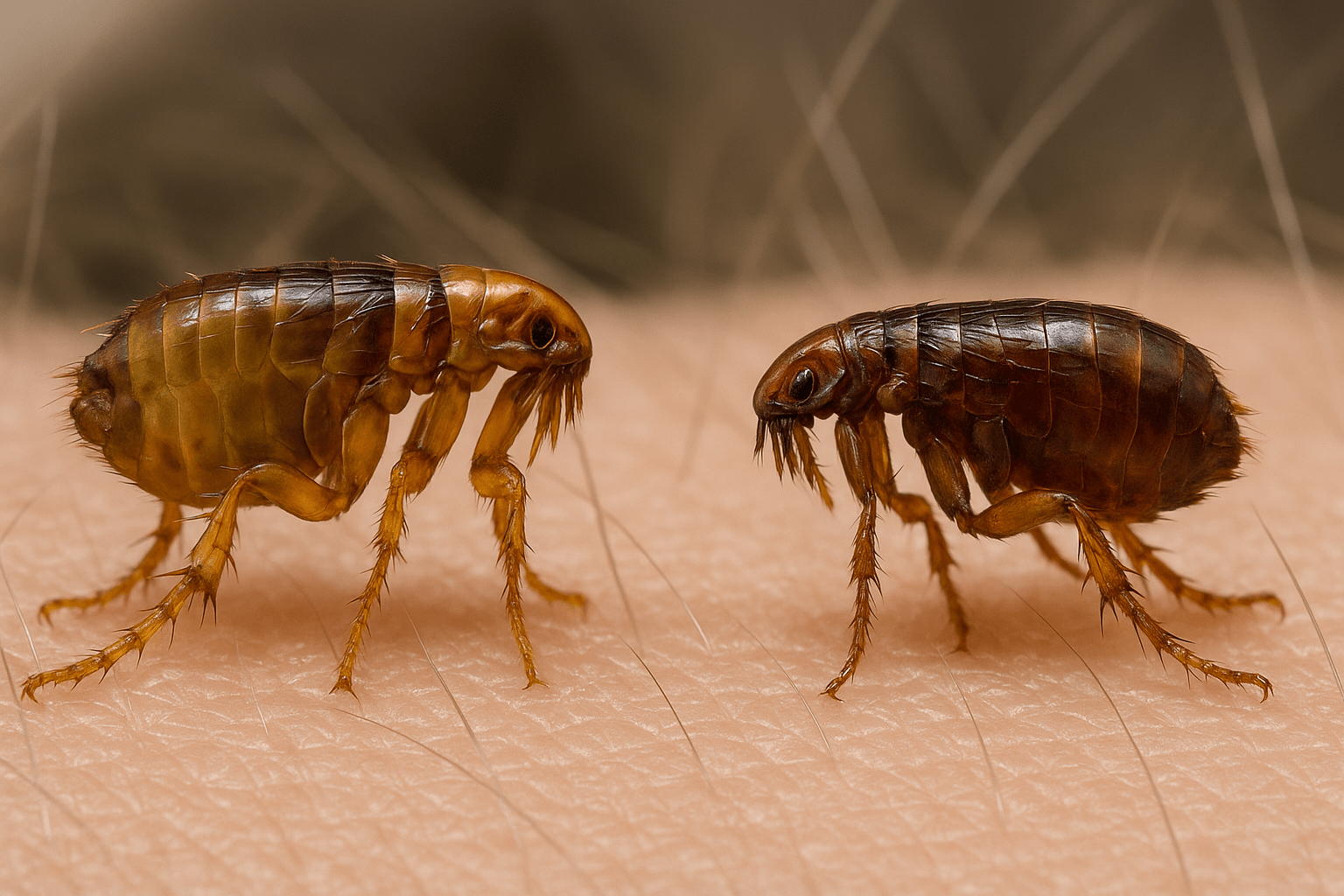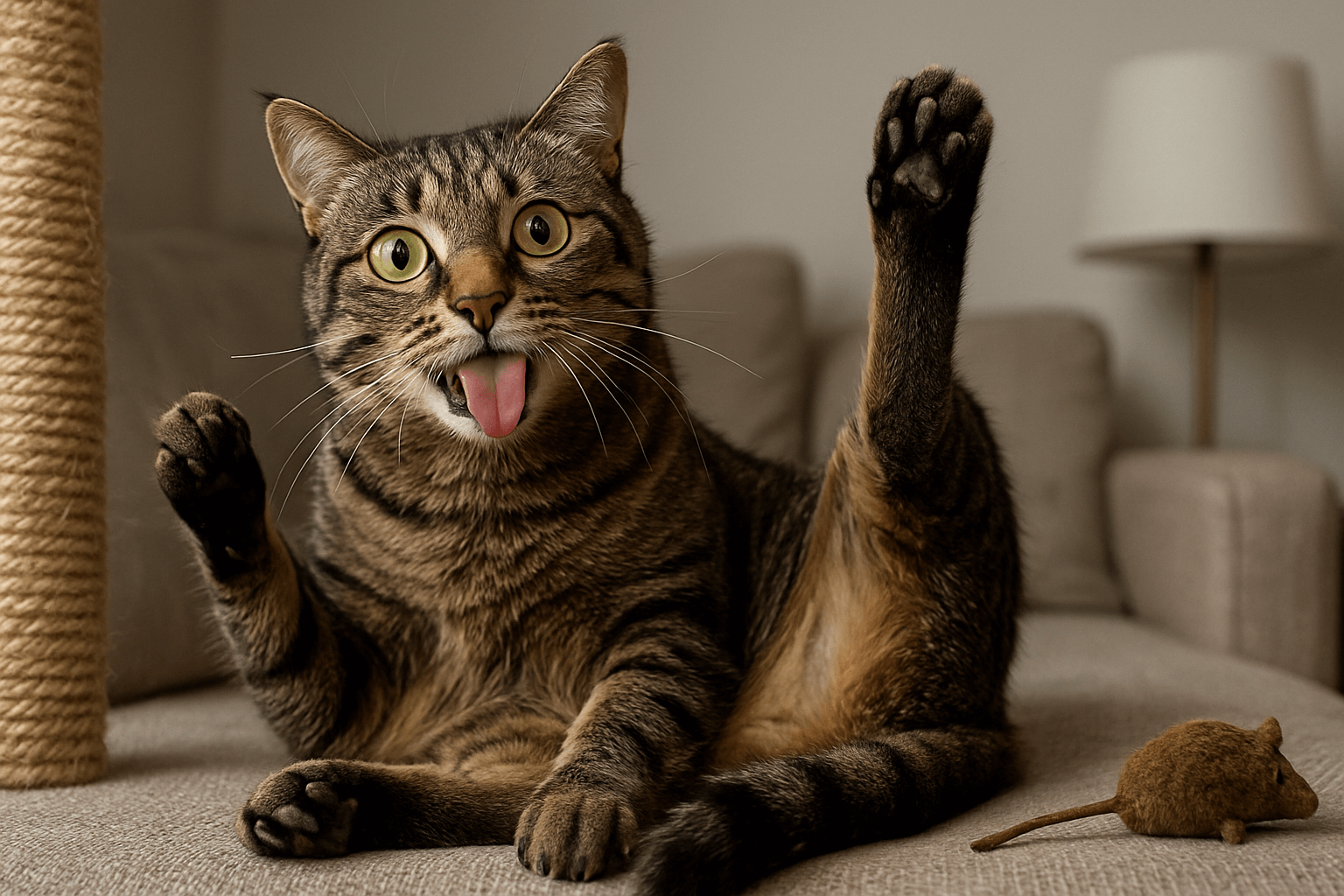Why Is My Cat Throwing Up Brown Liquid?
As a cat owner, seeing your furry friend in distress can be alarming. One of the most concerning sights is when your cat throws up brown liquid. While occasional vomiting might not always signal a serious issue, brown liquid vomit can sometimes indicate underlying health problems that need attention. Understanding the potential causes and knowing how to respond can make all the difference in keeping your feline companion healthy and happy. In this blog post, we’ll explore the reasons behind this unsettling symptom, discuss preventive measures, and provide actionable advice to help you care for your cat.
Common Causes of Brown Liquid Vomit in Cats
Cats are delicate creatures, and their digestive systems can react strongly to various factors. Here’s a breakdown of the most common reasons why your cat might throw up brown liquid:
Ingestion of Foreign Substances
Cats are curious by nature and may accidentally ingest non-food items like hair, dirt, or small objects. These foreign materials can irritate the stomach lining and lead to vomiting.Bile Build-Up
Bile is a natural digestive fluid produced by the liver. When cats have an empty stomach for too long, bile can accumulate and cause irritation, resulting in brownish vomit.Dietary Indiscretion
Sudden changes in diet, overeating, or consuming spoiled food can upset your cat’s stomach and trigger vomiting episodes.Gastrointestinal Issues
Conditions such as gastritis, ulcers, or inflammatory bowel disease (IBD) can cause persistent vomiting, often accompanied by brown liquid.Parasites or Infections
Intestinal parasites or bacterial infections can disrupt your cat’s digestive system, leading to symptoms like vomiting, diarrhea, and lethargy.
If your cat frequently throws up brown liquid, it’s essential to monitor their behavior and consult a veterinarian to rule out serious conditions.
Signs That Your Cat Needs Immediate Veterinary Attention
While occasional vomiting isn’t always a cause for concern, certain symptoms accompanying brown liquid vomit warrant immediate medical intervention. Here’s what to watch out for:
Frequent Vomiting Episodes
If your cat vomits multiple times within a short period, it could indicate a severe underlying issue that requires prompt treatment.Lethargy and Weakness
A lack of energy or reluctance to move can signal dehydration or systemic illness, which needs professional evaluation.Loss of Appetite
Refusal to eat for more than 24 hours is a red flag and should be addressed promptly to prevent further complications.Blood in Vomit or Stool
The presence of blood, either bright red or dark and tarry, indicates internal bleeding or severe gastrointestinal distress.Abdominal Pain or Swelling
Signs of discomfort, such as crying when touched or a visibly swollen abdomen, suggest possible blockages or infections.
When any of these symptoms accompany brown liquid vomit, seeking veterinary care without delay is crucial for your cat’s well-being.
Check this guide 👉Why Is My New Cat Not Eating? Best 7 Health Tips!
Check this guide 👉How Long Can You Safely Leave Wet Cat Food Out? Best 7 Tips!
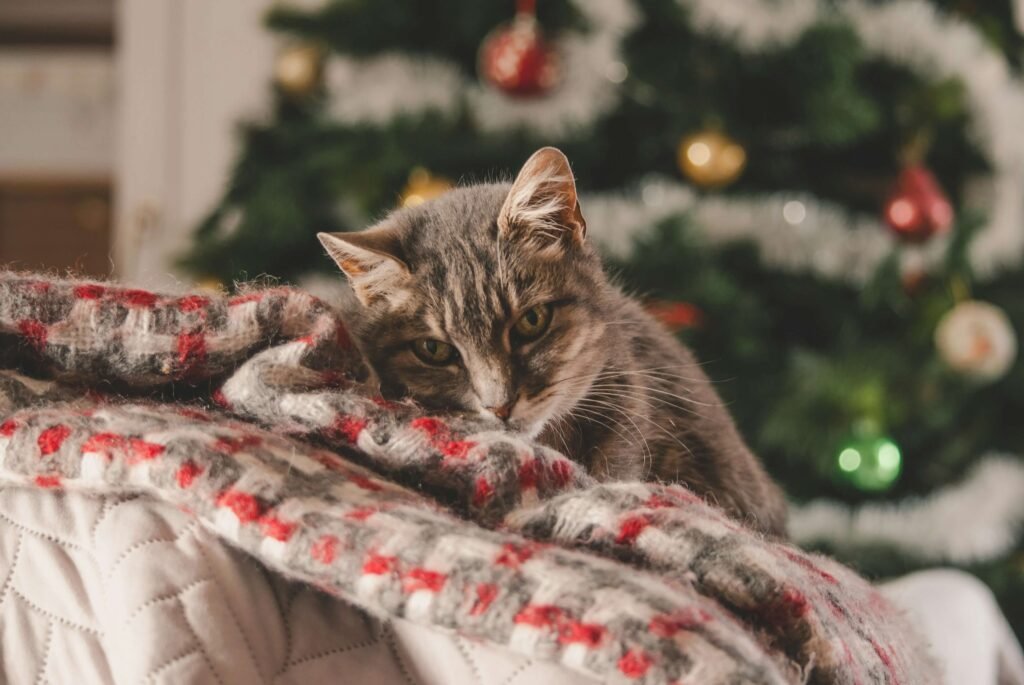
Symptoms to Watch For | Possible Causes |
|---|---|
Frequent vomiting | Dietary indiscretion or GI issues |
Lethargy and weakness | Dehydration or systemic infection |
Loss of appetite | Stress, pain, or underlying illness |
Blood in vomit or stool | Ulcers, parasites, or internal bleeding |
Abdominal pain or swelling | Blockages or severe inflammation |
How to Prevent Brown Liquid Vomit in Cats
Prevention is key to ensuring your cat stays healthy and avoids unpleasant episodes of vomiting. Here are some practical tips to minimize the risk:
Maintain a Consistent Feeding Schedule
Feeding your cat at regular intervals prevents bile build-up and keeps their stomach settled.Provide High-Quality Food
Opt for nutritious, easily digestible food that suits your cat’s age, size, and dietary needs.Avoid Sudden Diet Changes
Gradually transition to new foods over 7–10 days to allow your cat’s digestive system time to adjust.Keep Hazardous Items Out of Reach
Ensure your home is free from small objects, toxic plants, and chemicals that could harm your curious pet.Regular Vet Check-Ups
Routine veterinary visits help catch potential health issues early before they escalate into bigger problems.
By taking these preventive measures, you can significantly reduce the likelihood of your cat experiencing brown liquid vomit.
Steps to Take When Your Cat Throws Up Brown Liquid
If your cat does throw up brown liquid, staying calm and acting quickly is essential. Follow these steps to address the situation effectively:
Observe Your Cat’s Behavior
Note any additional symptoms, such as lethargy, loss of appetite, or unusual behavior, to share with your vet.Withhold Food Temporarily
Allow your cat’s stomach to settle by withholding food for 12–24 hours, but ensure fresh water is always available.Offer a Bland Diet
Once fasting is complete, introduce bland foods like boiled chicken or plain pumpkin puree to ease digestion.Monitor Hydration Levels
Check for signs of dehydration, such as dry gums or sunken eyes, and encourage your cat to drink water.Consult Your Veterinarian
If the vomiting persists or worsens, schedule an appointment with your vet for a thorough examination.
Taking these steps can help manage the situation while ensuring your cat receives appropriate care.
Understanding the Role of Hydration
Proper hydration plays a critical role in your cat’s overall health and can significantly impact their digestive system. Dehydration can exacerbate vomiting episodes and lead to more severe complications. Here are some key points to consider:
Signs of Dehydration in Cats
Look for dry or sticky gums, sunken eyes, and reduced skin elasticity as indicators that your cat may not be getting enough fluids.Encouraging Water Intake
Place multiple water bowls around the house or invest in a cat water fountain to make drinking more appealing.Wet Food as a Hydration Source
Incorporating wet food into your cat’s diet can help maintain hydration levels, especially for cats who don’t drink much water.Avoiding Dehydrating Foods
Limit dry kibble or salty treats that can contribute to dehydration if consumed in excess.When to Seek Help
If your cat shows persistent signs of dehydration despite your efforts, consult your veterinarian for further guidance.
Ensuring your cat stays hydrated is a simple yet effective way to support their digestive health and minimize the risk of vomiting episodes.
The Importance of a Balanced Diet
A balanced diet is essential for maintaining your cat’s digestive health and preventing issues like brown liquid vomit. Feeding your cat the right nutrients in appropriate portions can make a world of difference. Consider the following tips:
High-Quality Protein Sources
Choose foods rich in animal-based proteins, as cats are obligate carnivores and thrive on meat-based diets.Limited Carbohydrates
Avoid foods with excessive fillers or grains, as these can irritate sensitive stomachs and lead to digestive upset.Portion Control
Overfeeding can overwhelm your cat’s digestive system, so measure meals carefully to prevent overeating.Gradual Dietary Changes
Always transition to new foods slowly by mixing them with the old food to avoid shocking your cat’s system.Supplements for Gut Health
Probiotics or digestive enzymes can promote a healthy gut microbiome and improve digestion over time.
By prioritizing a nutritious and balanced diet, you can help your cat maintain optimal digestive health and reduce the likelihood of vomiting.
Creating a Safe Environment for Your Cat
Your cat’s environment plays a significant role in their physical and emotional well-being. A safe and stress-free space can minimize triggers that lead to digestive issues. Here’s how you can create a cat-friendly home:
Remove Toxic Plants
Certain houseplants, like lilies or philodendrons, can be toxic to cats and cause gastrointestinal distress if ingested.Secure Small Objects
Keep small items like rubber bands, strings, or toys out of reach to prevent accidental ingestion.Provide Quiet Spaces
Cats need areas where they can retreat and relax, especially during stressful situations like loud noises or visitors.Minimize Sudden Changes
Avoid abrupt changes in routine, such as rearranging furniture or introducing new pets, which can stress your cat.Regular Cleaning
Maintain a clean living environment to reduce exposure to harmful bacteria or allergens that could upset your cat’s stomach.
Creating a safe and nurturing environment for your cat not only supports their physical health but also fosters emotional stability, reducing the chances of stress-related vomiting.
Frequently Asked Questions About Cats Throwing Up Brown Liquid
Is it normal for cats to occasionally throw up?
Yes, occasional vomiting can occur due to hairballs or mild stomach upset. However, frequent or persistent vomiting requires attention.
Can stress cause my cat to vomit brown liquid?
Absolutely. Stressful situations, such as moving homes or introducing new pets, can upset your cat’s stomach.
What should I do if my cat vomits blood?
Seek immediate veterinary care, as blood in vomit can indicate serious conditions like ulcers or internal injuries.
How can I tell if my cat is dehydrated?
Look for signs like dry gums, sunken eyes, or lethargy. Encourage your cat to drink water and consult a vet if dehydration persists.
Are certain breeds more prone to digestive issues?
Some breeds, like Siamese or Persian cats, may have sensitive stomachs, but proper care and diet can mitigate risks.
Wrapping Up: Prioritize Your Cat’s Health
Seeing your beloved cat throw up brown liquid can be distressing, but understanding the potential causes and knowing how to respond empowers you to take action. Whether it’s adjusting their diet, removing hazards from your home, or seeking veterinary advice, every step you take contributes to your cat’s well-being. Remember, early intervention is key to preventing minor issues from escalating into major health concerns. By staying vigilant and proactive, you can ensure your feline friend enjoys a long, happy, and healthy life.
Canned Pumpkin for Cat Diarrhea: Best 7 Expert Tips! Natural remedy to firm stools, soothe upset bellies, and support gut health safely.
Can a Cat Give You Scabies? Best 7 Expert Tips! Discover the truth about feline mites, human skin risks, and how to protect yourself—without panic.
Cat Flea vs Human Flea: Best 7 Expert Tips! Discover the truth about bites, species, and how to eliminate infestations for good.
Weird Cat Behaviors: Best 7 Expert Tips! Discover why cats do strange things—and how to understand, not punish, their instincts for a happier home.

